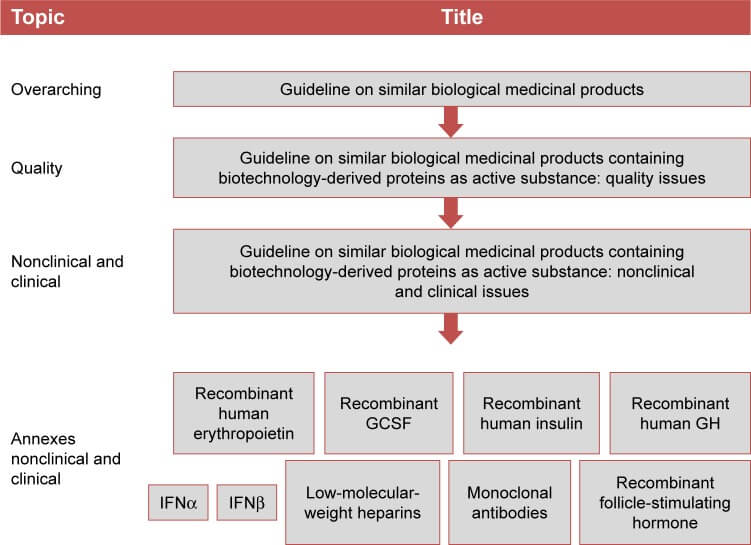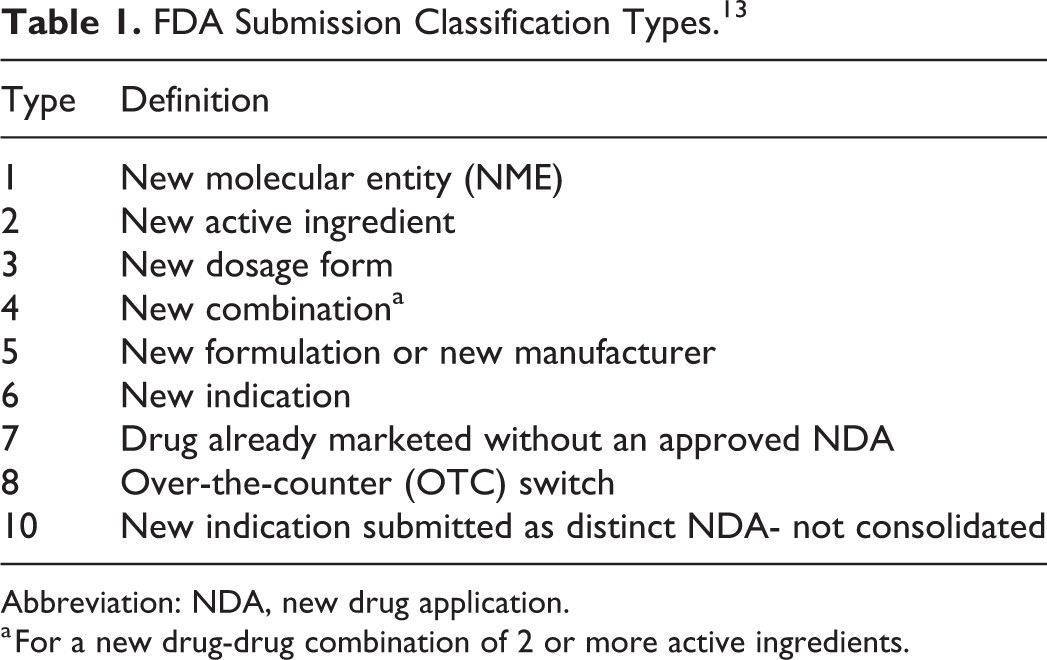
The development and approval of biosimilars have become increasingly important in the biopharmaceutical industry, offering cost-effective alternatives to original biological medicines. However, biosimilars pose unique challenges in terms of risk management due to their complex nature and potential for immunogenicity. Effective risk management plans are crucial to ensure the safety and efficacy of these products.
Key Components of a Risk Management Plan
A robust risk management plan (RMP) for biosimilars should include several key components:
Pharmacovigilance Measures:
- Strengthen ongoing pharmacovigilance activities, especially in the post-approval period, to detect and assess potential adverse effects.
- Implement special post-market surveillance and monitoring to identify new safety risks.
Immunogenicity Risk:
- Identify and mitigate the risk of immunogenicity, which is a significant concern for biological medicines.
- Conduct thorough evaluations of suspected immunogenicity reports, considering the “at-risk window”.
Regulatory Compliance:
- Ensure compliance with regulatory guidelines and good pharmacovigilance practices to minimize risks.
- Develop RMPs that align with principles stated in the International Council for Harmonisation (ICH) guidance for industry Q9 Quality Risk Management.
Stakeholder Collaboration:
- Foster active participation and communication among professionals, patients, authorities, and the pharmaceutical industry to ensure mutual respect and trust.
- Implement training programs for health professionals and patients on quality, safety, efficacy, extrapolation, and interchangeability of biosimilars.
Continuous Monitoring and Evaluation:
- Conduct frequent aggregate reviews of safety data and compare them to the safety profile of the reference product to understand differences in risk profiles.
- Implement product/patient registries for cohort event monitoring and conduct adequately powered post-approval efficacy and safety studies.
Challenges and Opportunities
Effective risk management for biosimilars faces several challenges:
Complexity of Biological Products:
Biological drugs are large therapeutic proteins with complex structures, requiring intricate manufacturing and purification processes.Immunogenicity and Interchangeability:
Biological medicines pose a greater risk of immunogenicity than non-biological medicines, and interchangeability decisions are made at the national level.Regulatory Harmonization:
Regulatory authorities and pharmacovigilance systems seek to harmonize processes and be more proactive in communications.
Despite these challenges, the experience with biosimilars has shown that they can be used safely and effectively in their approved indications. As the patents of innovator products expire, the market is expected to see an influx of new biosimilars, making robust risk management plans crucial for ensuring patient safety and trust in these products.
Conclusion
In conclusion, effective risk management plans for biosimilars require a multifaceted approach that includes robust pharmacovigilance measures, immunogenicity risk management, regulatory compliance, stakeholder collaboration, and continuous monitoring and evaluation. By addressing these challenges and opportunities, the biopharmaceutical industry can ensure the safe and effective use of biosimilars, ultimately benefiting patients worldwide.
References
- Arce Mora, L. (2022, October 20). Communication Strategies & Risk Management of Biosimilars to Protect Patients. LinkedIn.
- Calvo, B., Martinez-Gorostiaga, J., & Echevarria, E. (2018, August 3). The surge in biosimilars: considerations for effective pharmacovigilance and EU regulation. NCBI. LabCorp. (n.d.). Pharmacovigilance and Risk Management for Biosimilars: Unique Challenges and Opportunities. Retrieved from https://biopharma.labcorp.com/content/dam/covance/assetLibrary/whitepapers/PV-Risk-Management-Biosimilars-WPCMA018.pdf LabCorp. (n.d.). THE BIOSIMILARS LANDSCAPE: STRATEGIES FOR CLINICAL AND COMMERCIAL SUCCESS. Retrieved from https://biopharma.labcorp.com/content/dam/covance/assetLibrary/whitepapers/CDCS-CLNLAT-Biosimilars-Webinar-WPCDS018.pdf U.S. Food and Drug Administration. (2022, May 20). Risk Management Plans to Mitigate the Potential for Drug Shortages. Retrieved from https://www.fda.gov/regulatory-information/search-fda-guidance-documents/risk-management-plans-mitigate-potential-drug-shortages
























